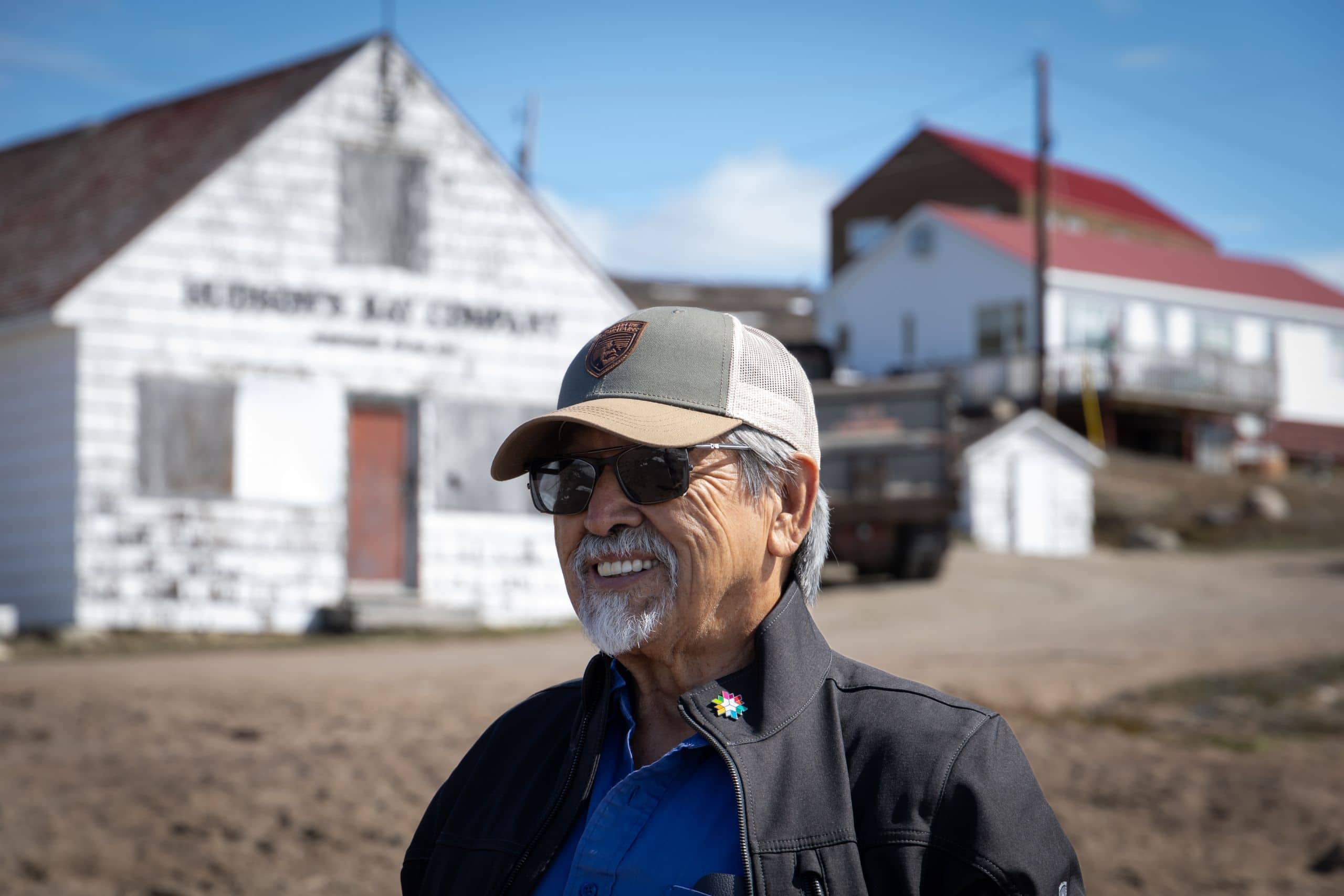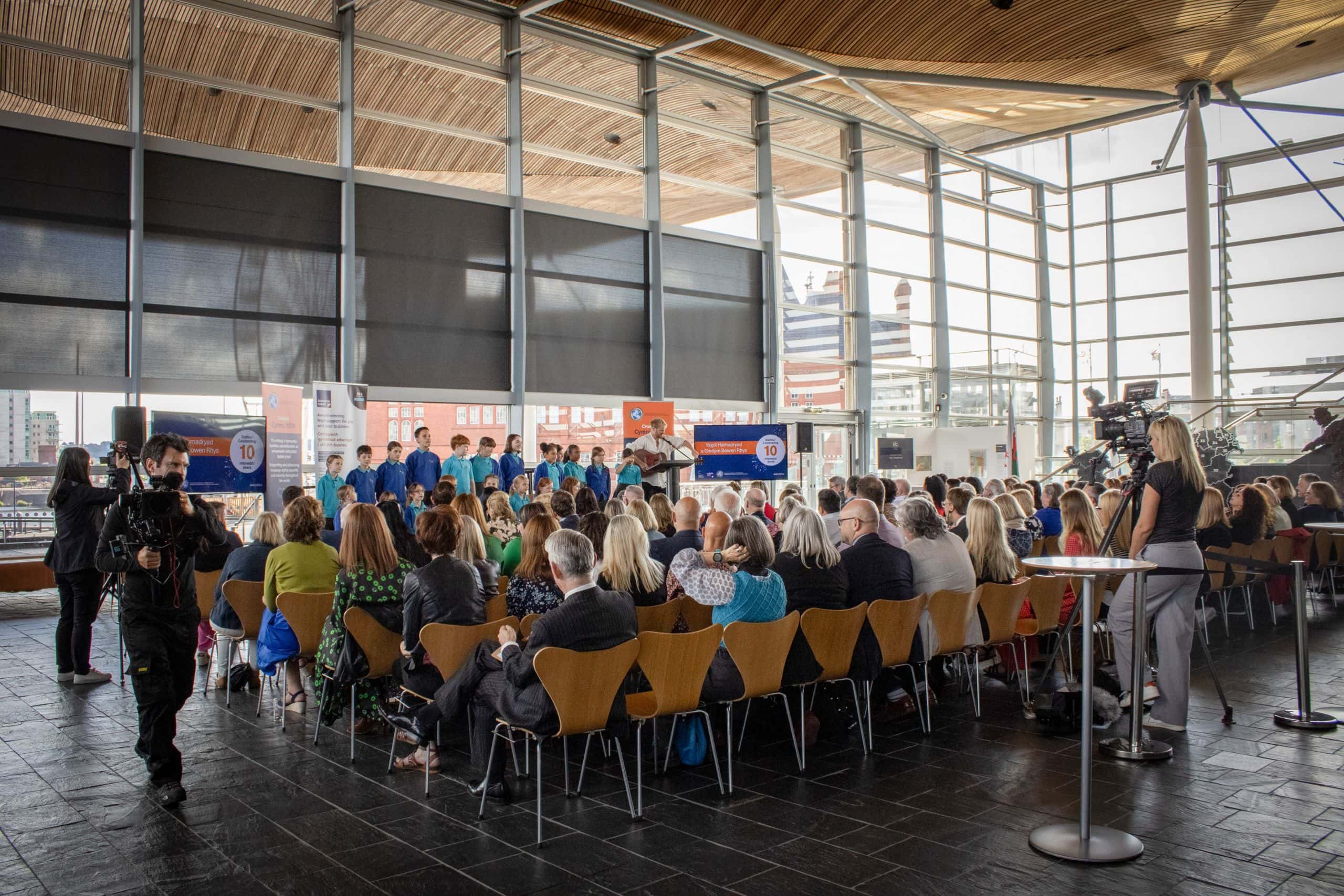About Us

“Bringing Indigenous languages out of the shadows and into the light”
– Commissioner Ronald E. Ignace
The Office of the Commissioner of Indigenous Languages promotes and champions Indigenous languages and supports the efforts of Indigenous Peoples across Canada to reclaim, revitalize, maintain, and strengthen their languages.
Our Vision
All Indigenous languages in Canada are safe, vibrant, and thriving.
Our Guiding Principles
- There is an urgent need for concerted efforts and investments toward the revitalization of Indigenous languages to arrest and reverse the erosion that has already occurred. Research shows that no Indigenous language in Canada is safe and that all are in varying stages of endangerment.
- Indigenous languages are fundamental to the identities, cultures, spirituality, relationships to the land, worldviews, and self-determination of Indigenous peoples.
- Indigenous languages have and continue to contribute to the strength of Canada as a whole, including biodiversity and the richness of linguistic and cultural heritage. The Commission is committed to protecting the vitality of all Indigenous languages, including sign languages and sleeping languages.
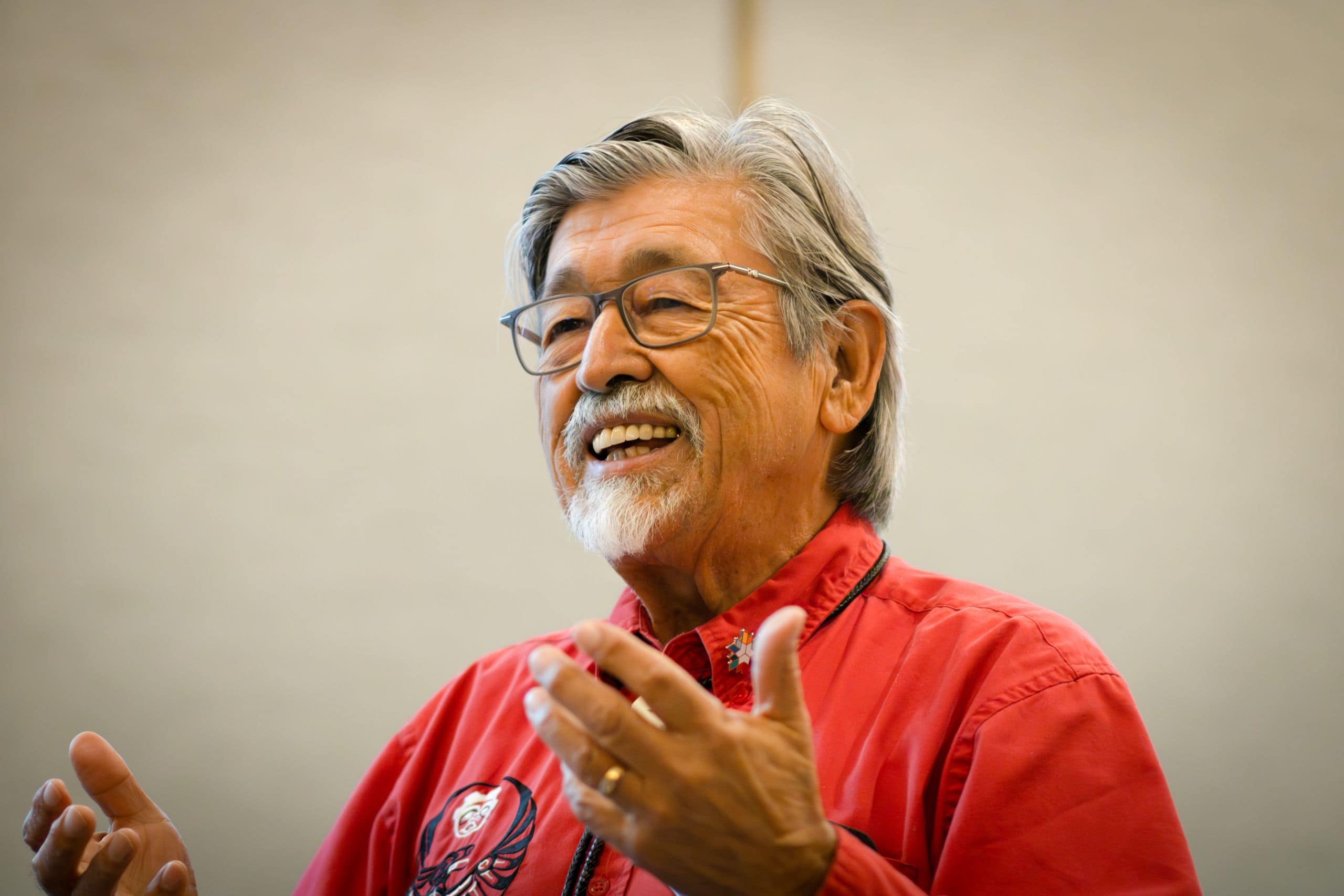
"First Nations, Inuit, and Métis peoples have a great heart. However, our spirit has been battered and bruised because the cradle of our spirit is in our languages. It is imperative we breathe life back into our languages."
Ronald E. Ignace, Commissioner
Office of the Commissioner of Indigenous Languages
Leadership: The Commissioner and Directors
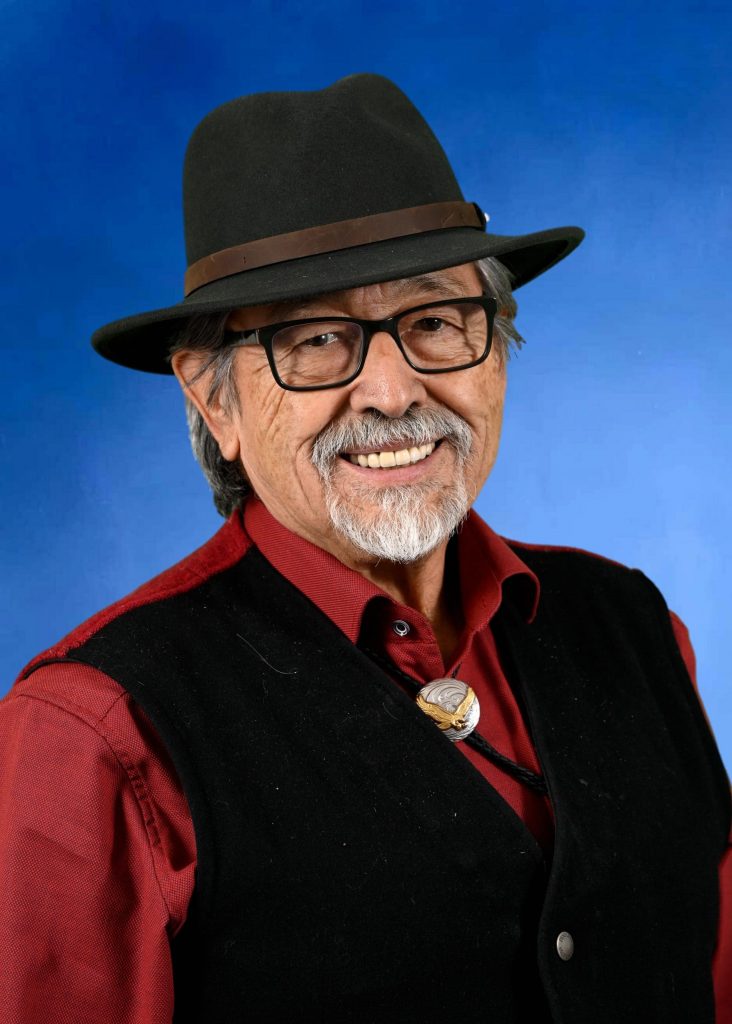
Ronald E. Ignace
Commissioner
First Nations, Inuit, and Métis peoples have a great heart. However, our spirit has been battered and bruised because the cradle of our spirit is in our languages. It is imperative we breathe life back into our languages.
Le7 pyin te sitt te swumcwilcstem re qweqweltns re xwexwyt te qelmcw wel me7 yews. Ta7 me7 sc7tsems re snecwentm re qweqweltn-kt re stelwt.s neswet.s k smenmenecws ne7lye ne tmicw-kt. Tikwemts me7 sucwentwcwmentem re qweqweltn-kt.
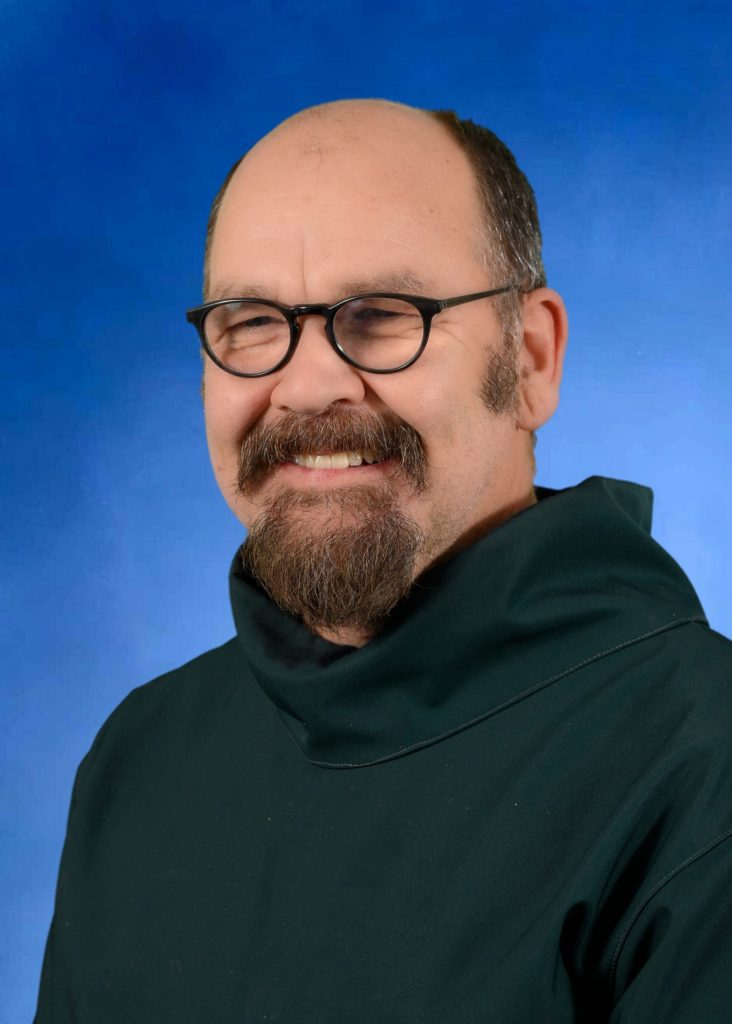
Robert Watt
Director
All languages on this Earth are uniquely precious! Let’s mindfully embrace this diversity.
ᐅᖃᐅᓯᓕᒫᑦ ᐊᓐᓂᓇᕐᐳᑦ ᓄᓇᕐᔪᐊᓕᒫᒥ! ᑕᒪᓐᓇ ᐃᑉᐱᒋᑦᓯᐊᒪᕆᒋᐊᓕᕗᑦ
Uqausilimaat anninarput nunarjualimaami. Tamanna ippigitsiamarigialivut.
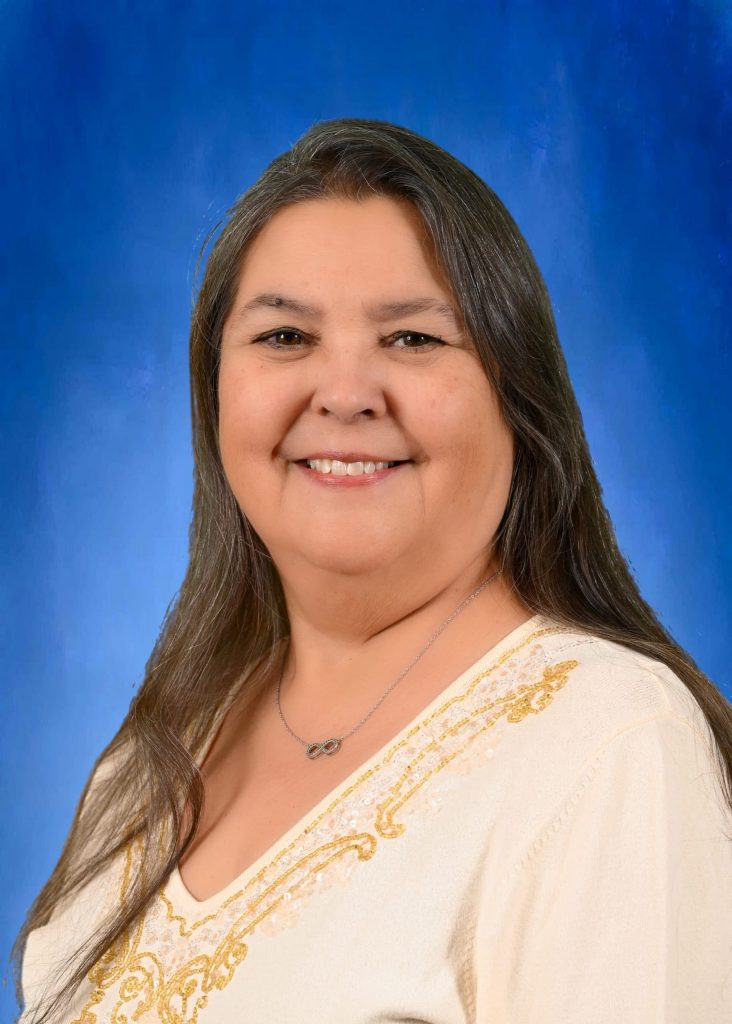
Georgina Liberty
Director
It is my honour to be the representative to preserve, revitalize and strengthen our Michif Language. I am also honoured to serve with my fellow First Nations and Inuit partners.
Si te moon oneur shi piikishkwetamaakeyaan chi kenawehihtamihk, pimatishitamihk pi shoohkihitaak notr Laang Michif. Meena si te aen oneur chi pamihihweyaan avek mii naasaayii Indigene.

Joan Greyeyes
Director
I am looking forward to keeping our First People’s languages alive.
Nickīstēn kita pimācīhtāhk īyiniw pīkiskwēwina.
The first Commissioner of Indigenous Languages and Directors took office on July 12, 2021. The Commissioner of Indigenous Languages and up to three Directors are appointed by the Governor in Council on the recommendation of the Minister of Heritage. Prior to recommending the appointments, the Minister must consult with a variety of Indigenous governments and other governing bodies and a variety of Indigenous organizations. The Minister is further required to seek comments to ensure that the Directors have the ability to represent the interests of First Nations, Inuit, and Métis.
Our Journey
Where It All Began: The Origins of the Commission
1996
Final Report of the Royal Commission on Aboriginal Peoples (RCAP) reinforces that Indigenous cultures and languages are distinct from those of other Canadians and emphasizes the critical importance of their preservation.
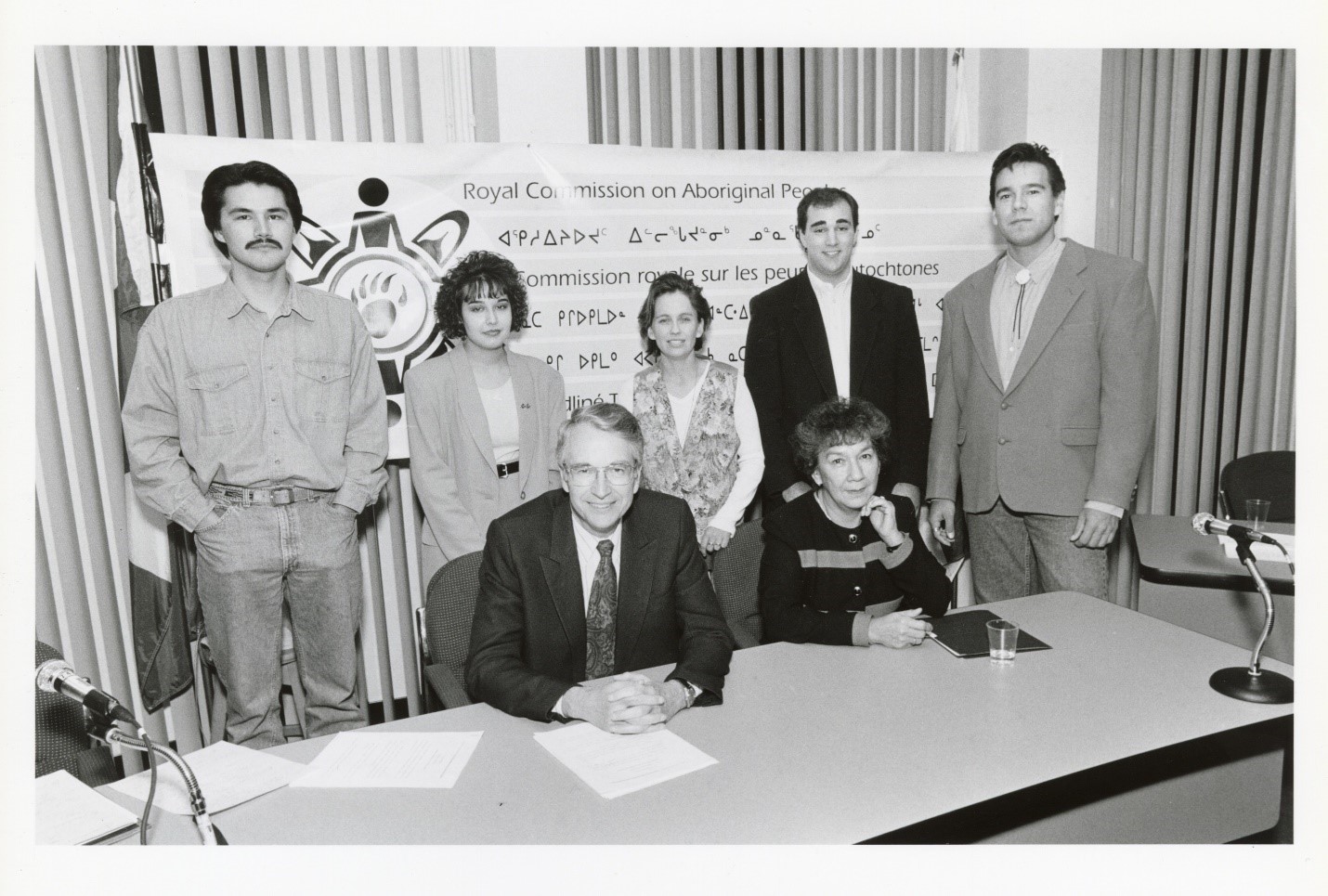
1998
Assembly of First Nations (AFN) Resolution 35-1998 declares a state of emergency for Indigenous languages.
The Inuit Circumpolar Council, of which Canada is a member, affirms the importance of their languages to Inuit Peoples and “. . . to take attention to the Inuit language status and initiate long term strategies for the usage of Inuit language in its representation in their areas.”
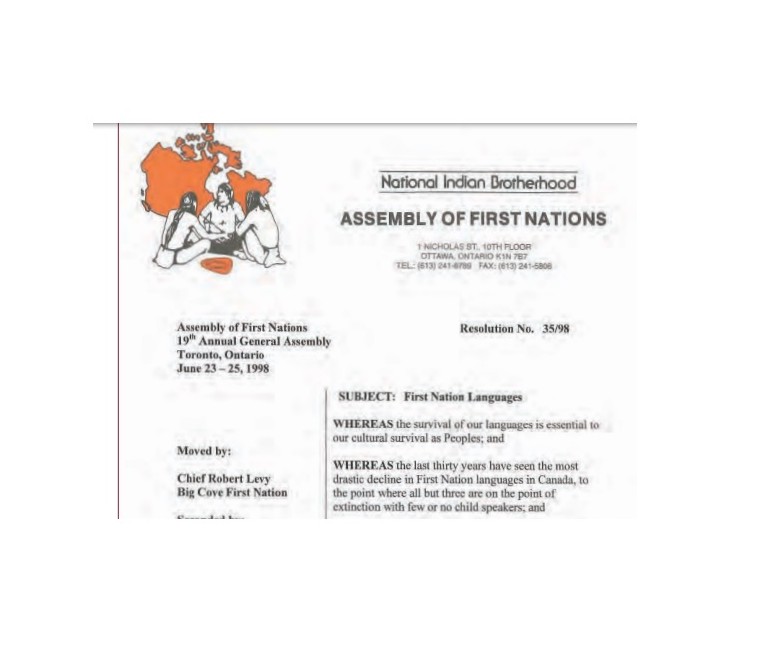
2000
The Métis Nation General Assembly adopts the Métis Nation Michif Declaration, recognizing and declaring Michif as “the historical and official language of the Métis Nation.”

2003
The Government of Canada establishes the Task Force on Aboriginal Languages and Cultures.
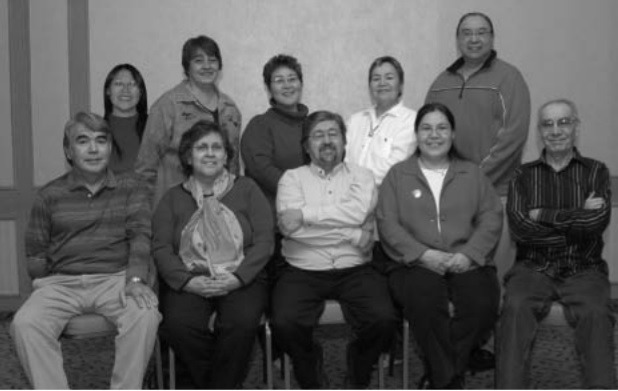
2005
Final Report of the Task Force on Aboriginal Languages and Cultures is released with a strategy to revitalize Indigenous languages and cultures and a recommendation to protect languages under legislation.
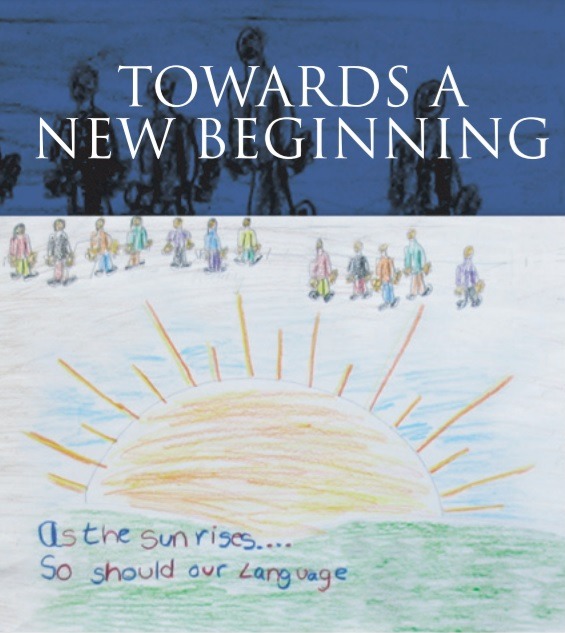
2007
United Nations Declaration on the Rights of Indigenous Peoples is adopted by the United Nations General Assembly.

2010
The work of the Truth and Reconciliation Commission of Canada begins

2015
Release of the Truth and Reconciliation Commission’s Final Report with specific Calls to Action for Indigenous languages and the appointment of an “Aboriginal Languages Commissioner.”

2016
The Prime Minister announces Canada will enact co-developed legislation with the goal of ensuring the preservation, protection, and revitalization of First Nations, Inuit, and Métis languages.

2019
The Indigenous Languages Act is passed in Parliament, recognizing and affirming Indigenous language rights as constitutionally-protected.
The United Nations proclaims 2019 as the International Year of Indigenous Languages.

2021
Appointment of the First Commissioner of Indigenous Languages and three Directors, each representing First Nations, Inuit, and Métis Peoples.
The Government of Canada adopts the United Nations Declaration on the Rights of Indigenous Peoples Act which, among other things, affirms the rights of Indigenous Peoples to their languages.
The Office of the Commissioner of Indigenous Languages begins to develop and build its policy and operational infrastructure, according to its mandate.

2022
The United Nations launches the International Decade of Indigenous Languages, 2022-2032.
The Inuit-Crown Partnership Committee finalizes the Inuit Nunangat Policy in support of Inuit self-determination, which recognizes Inuktut as the first language in Inuit Nunangat and affirms the partnership between the Inuit and Canada to invest in revitalizing, reclaiming, strengthening, and maintaining Inuktut.
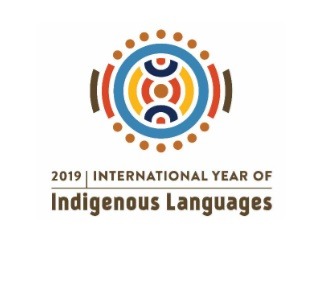
2023
Grand opening of the Office of the Commissioner of Indigenous Languages in Ottawa with satellite offices in Kamloops, Saskatoon, and Winnipeg.

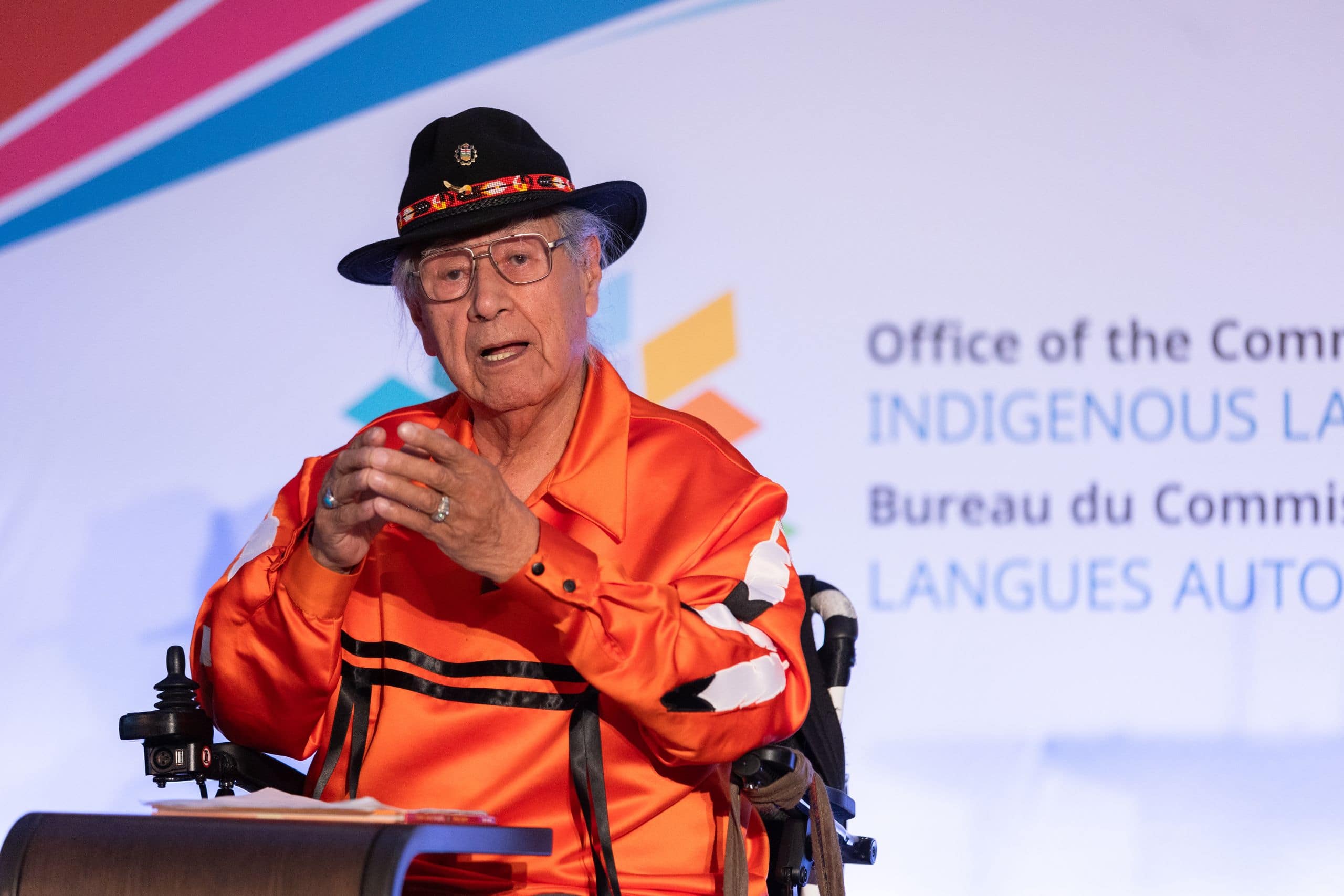
Calls to Action for Indigenous Languages
13. We call upon the federal government to acknowledge that Aboriginal rights include Aboriginal language rights
14. We call upon the federal government to enact an Aboriginal Languages Act that incorporates the following principles:
- Aboriginal languages are a fundamental and valued element of Canadian culture and society, and there is an urgency to preserve them.
- Aboriginal language rights are reinforced by the Treaties
- The federal government has a responsibility to provide sufficient funds for Aboriginal language revitalization and preservation
- Funding for Aboriginal language initiatives must reflect the diversity of Aboriginal languages
15. We call upon the federal government to appoint, in consultation with Aboriginal groups, an Aboriginal Languages Commissioner. The commissioner should help promote Aboriginal languages and report on the adequacy of federal funding for Aboriginal-languages initiatives.
For more key legislation, policies, and documents pertaining to Indigenous languages, click here.
Source: Truth and Reconcilliation Commission of Canada: Calls to Action

